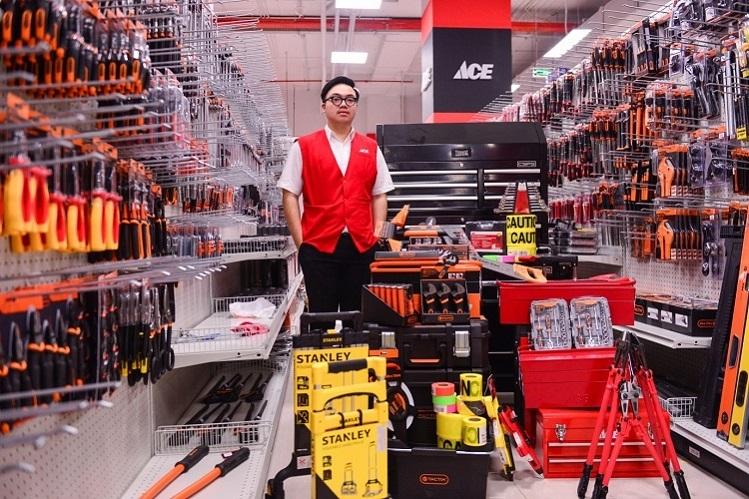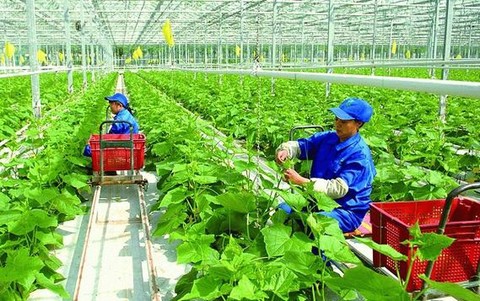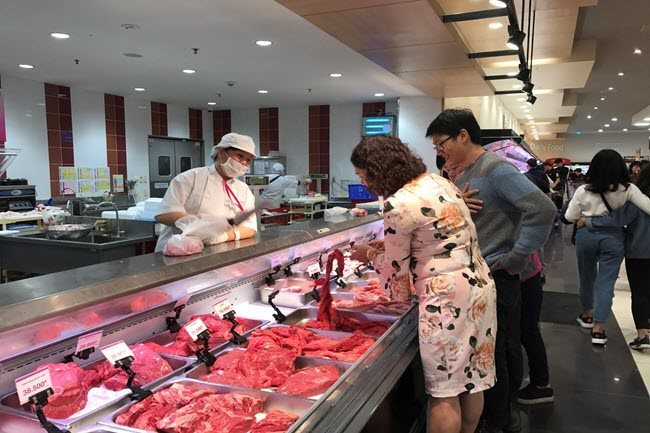Providing compliance for origin of exports
Providing compliance for origin of exports
Exporters are seeing an increase in complexities when it comes to moving goods to the United States, amid global tensions and trade disputes with the world’s major powers. Nestor Scherbey, president of Customs, Trade & Risk Management Services (CTRMS) Vietnam, which has over 40 years in global trade operations, outlines why such difficulties are arising, and details the factors that exporters must pick up on in order to ensure origin of goods rules are being followed.

Exporting to the US is now more difficult if the process involves more than one country of origin, which is common primarily with manufactured or assembled goods. Sophisticated manufactured or assembled goods often have components or materials from a number of nations that are brought together to make a product for export. Typically, only agricultural commodities exported in large volumes originate to 100 per cent of a single country.
Nestor Scherbey, president of Customs, Trade & Risk Management Services (CTRMS) Vietnam
In the US, it is the US Customs and Border Protection that decides on the actual country of origin of imports, regardless of what the trade documents claim or say. US importers are required to “exercise reasonable care” with and face penalties if they are found not to have done so.
In the US-China trade conflict, cases involving origin fraud or errors are anticipated with exports from third countries. As a result, the US Customs will scrutinise the imports by obtaining detailed information concerning the processing or manufacturing involved in the second country with the imported goods and make their own determination.
For example, imagine a scenario wherein logs harvested in the United States are shipped to China, where they are peeled into veneers. A medium-density fibreboard (MDF) sheet is manufactured in China, Vietnam, or another country. The MDF will form the panel core. In Vietnam, the veneers, which form the front and back plies, are laminated to the core to form a three-layer panel. The panel is sanded, graded, and may be cut to size in Vietnam. These panels are then exported to the United States.
Section 134.1(b) of the US Customs Regulations in the Code of Federal Regulations provides that the “country of origin” means the country of manufacture, production, or growth of any article of foreign origin entering the United States. Further work or material added to an article in another country must effect a substantial transformation in order to render such other country the one of origin. Substantial transformation requires that “there must be a transformation; a new and different article must emerge, having a distinctive name, character, or use.”
In the aforementioned case, the lamination of wood veneers to an MDF core effects a substantial transformation. The US logs, classified in one heading of the Harmonized Tariff Schedule of the United States, are cut into veneers in China, which are classifiable in a different heading. This is a clear example of substantial transformation, where a new and different article is created through manufacturing, rendering China the country of origin of the veneers.
The panel may be identified as plywood in Vietnam. Plywood is constructed of three or more layers of wood laminated together and generally disposed with the grain of each layer at an angle to that of the subsequent layer. Because the MDF core has no grain, the panel does not meet the definition of “plywood”. Instead, in tariff terms, it is a “veneered panel”, meaning a panel consisting of a veneer affixed to a base, usually of inferior wood.
According to US National Commodity Specialist Division, because the manufacturing in Vietnam creates a new and different article, substantially changed from its veneer and MDF components, the country of origin of the panels is Vietnam. This ruling is issued under the provisions of Part 177 of the Customs Regulations.
In a Customs Service Decision (CSD) ruling from 1984, US Customs held that an assembly will not constitute a substantial transformation unless the operation is “complex and meaningful”. Customs criteria for whether an operation is such a thing depends on the nature of the operation, including the number of components assembled, the number of different operations involved, and whether a significant period of time, skill, detail, and quality control are necessary for the assembly operation. These criteria for determining whether a substantial change occurs is applied on a case-by-case basis.
In another CSD from 1980, US Customs considered whether the domestic manufacturing processes through which imported ceiling fan components become finished fans constituted enough of a transformation. In this ruling, it was stated that mere assembly of parts will not constitute such a change, because the processes were basically assembly line procedures that do not physically alter the components. Furthermore, the manufacturing processes were mere combining processes that were not complex or required a great deal of skill.
When considering manufacture of goods in Vietnam for export to the US involving China or other country inputs, Vietnamese exporters should consult with a qualified expert to understand whether Vietnamese origin will be accepted by US Customs, as well as study Vietnam’s Decree No.31/2018/ND-CP released in 2018 providing the rules for Vietnamese certificates of origin.
Exporters should also obtain an official US Customs advance ruling before manufacturing and exporting the goods to the US concerning origin and country of origin marking. It will be too late once the transactions are in progress.

















